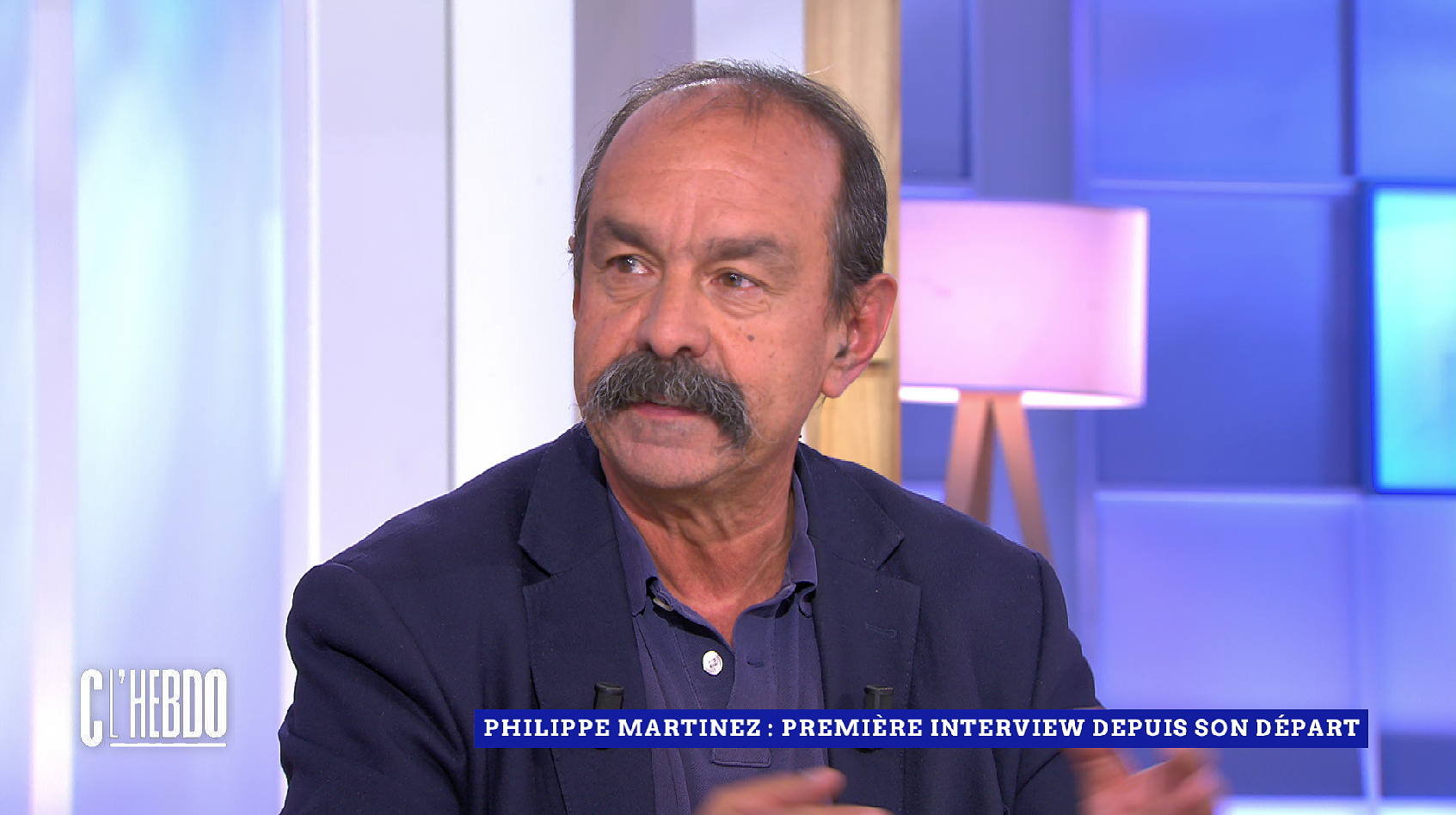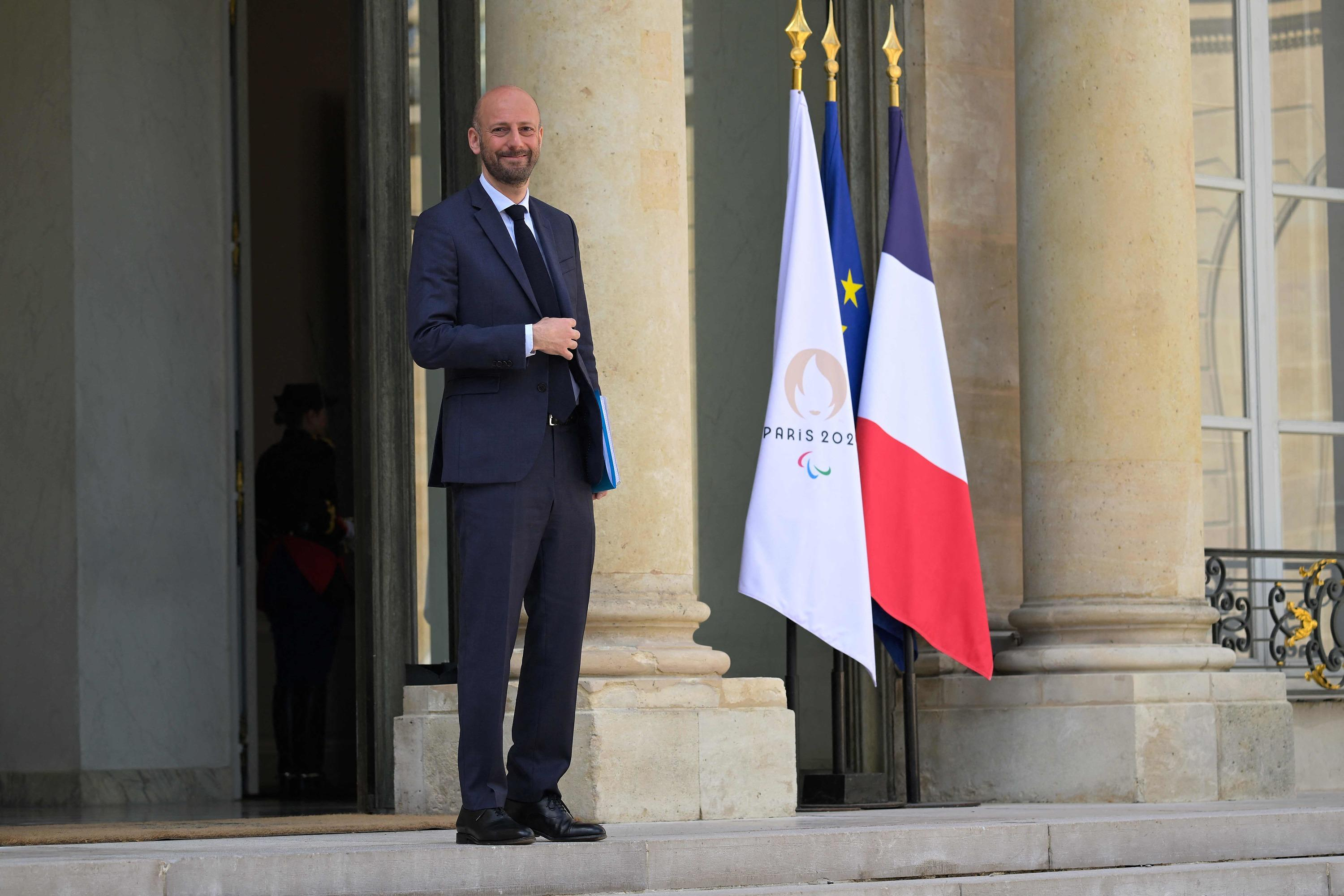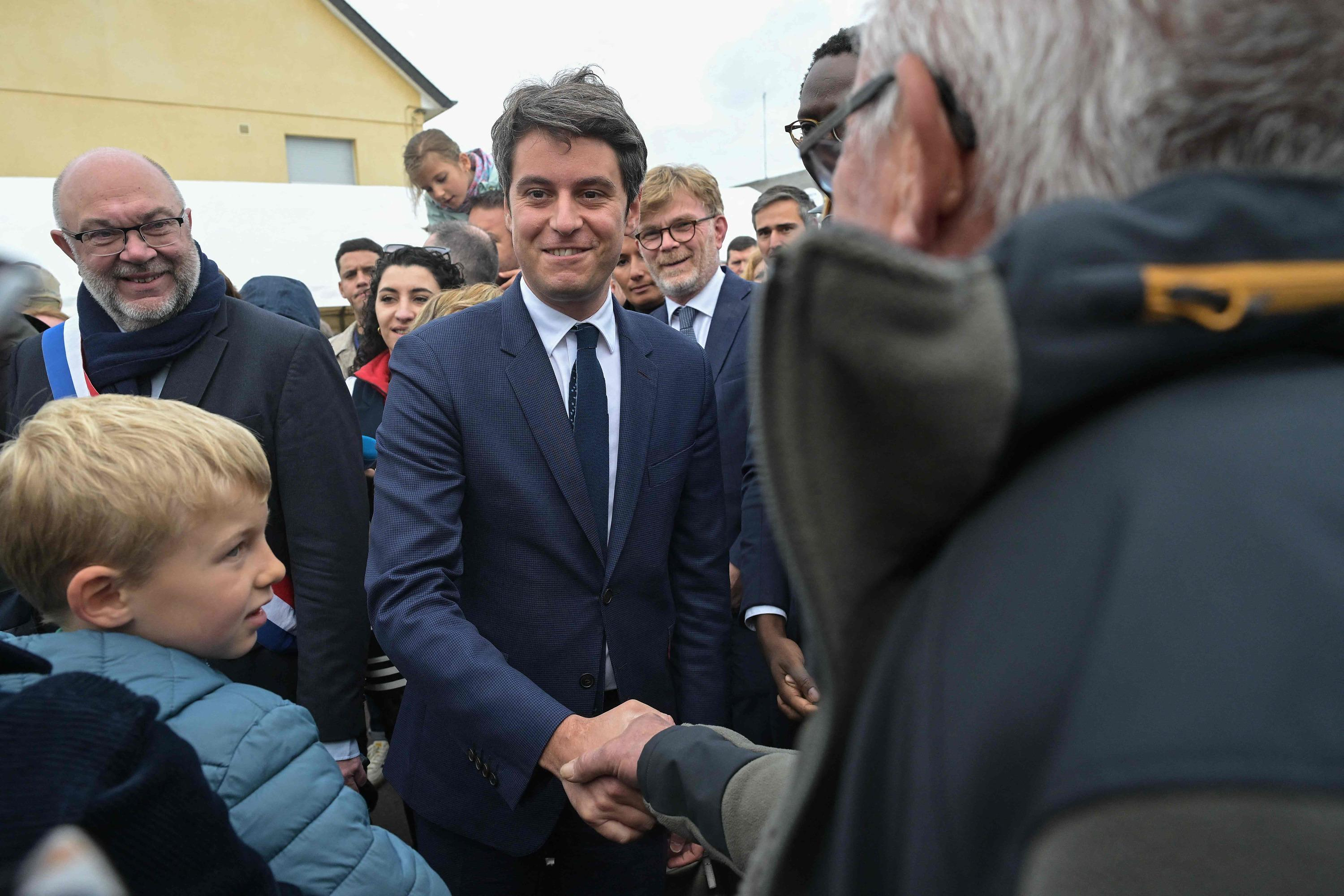Since the outbreak of conflict between Israel and Hamas on October 7, the virtual war of narratives has taken on an unprecedented dimension. If false images, sometimes taken from video games, appeared from the first days of the conflict, the latter now extends to the confines of pixelated worlds, in two of the most popular video games in the world, Roblox and Minecraft. This holds the record for the best-selling game in history since it crossed the threshold of 300,000 million copies sold on October 16.
Launched in 2009 by Markus Persson, co-founder of Mojang Studios, before being bought by Microsoft in 2014, Minecraft is a game where worlds can be built and explored by its users. In “creation” mode, players have unlimited access to resources to freely build (or “craft”), in an infinite kingdom. Almost anything can be designed from the game's characteristic little blocks, a kind of malleable “virtual legos” that attract both children and “hackers”. Same principle for Roblox, created in 2006, whose graphics resemble those of Minecraft, but which is played in a more interactive way and whose number of players per day amounts to more than 66 million.
“Minecraft was used by Wagner supporters to create replicas of images broadcast by Hamas,” explains Mustafa Ayad, head of the Middle East office of the Institute for Strategic Dialog, who adds that this practice had been noted for the first time in 2016, in connection with the rise of Daesh. More recently, following Russia's invasion of Ukraine, the New York Times noted the appearance of pro-Russian propaganda on the game, such as the virtual reenactment of the Battle of Soledar, or the use of letter “Z”.
“But the phenomenon has increased over the last month around the conflict between Israel and Hamas,” continues Moustafa Ayad. “We had already noted on social networks the appearance of images from the game Arma 3, a hyper-realistic war simulator,” he recalls. “But on Minecraft, it’s not the same thing: it’s more about addressing an audience, spreading a story,” continues the researcher.
Because the popularity of Minecraft and Roblox extends well beyond games. The number of videos around Minecraft is breaking all records on YouTube, exceeding a trillion views in 2021. To celebrate this world attendance record, the platform has even created a timeline tracing the evolution of the game's popularity on YouTube since debuted in 2010, noting that “if each of these views were a Minecraft block, we could build a stack going from Earth to the sun and back again.”
However, among these videos taken from the game, some stand out. “To give you an example, one of the game's users, who runs what could be considered a 'Minecraft Wagner group,' produces content to share widely across platforms. One of his videos reached 500,000 views, for content which is only a Minecraft version of a video of Hamas members attacking an Israeli tank,” notes Mustafa Ayad. Its goal ? “Information warfare, he says it himself in his bio,” continues the researcher.
Another phenomenon which is less about information warfare than an extension of reactions to the conflict on virtual worlds: the organization of pro-Israel, or pro-Palestine, demonstrations on games. Two videos of pro-Palestinian rallies on Roblox, broadcast on Tik Tok, have been viewed more than four million times. Another video from the game posted on the platform on November 21, bearing the Hamas logo, shows a player “fighting the Israeli Defense Forces,” according to the video's description. “The battle will not stop until Palestine is liberated,” the description continues, before specifying, in parentheses, “this is all false, these are role-playing games in Roblox.”
“Minecraft and Roblox are too pixelated to be considered real content,” comments Mustafa Ayad, who has tracked this type of content online. “But their user base is young, so they play a key role in shaping young people’s preferences and promoting certain narratives that are part of the overall misinformation landscape.”
In a report on their statistics for the year 2021, Roblox indicated that more than half of its users were aged 13 or younger. Also popular with young people, Minecraft, like its competitor, develops educational activities. Building on this demographic base, the two games also want to establish themselves as teaching platforms.
Yet, designed to allow the greatest freedom to their players, are these games devoid of rules? Asked by Le Figaro, a Roblox manager clarified: “our community standards contain specific policies that prohibit certain images, certain content and certain user communications related to real-world events.”
In short, if support for Israel or Palestine is tolerated by the platform, more explicit content approving violence or inciting hatred is removed, thanks to the work of thousands of moderators and detection tools. Above all, for the platform, it is about “protecting the security and civility of our community”, further specifies the company manager. However, neither Roblox nor Minecraft can control what appears on social networks, the latter being responsible for their own moderation, and experiencing an unprecedented increase in war-related content since October 7.

 B:SM will break its investment record this year with 62 million euros
B:SM will break its investment record this year with 62 million euros War in Ukraine: when kyiv attacks Russia with inflatable balloons loaded with explosives
War in Ukraine: when kyiv attacks Russia with inflatable balloons loaded with explosives United States: divided on the question of presidential immunity, the Supreme Court offers respite to Trump
United States: divided on the question of presidential immunity, the Supreme Court offers respite to Trump Maurizio Molinari: “the Scurati affair, a European injury”
Maurizio Molinari: “the Scurati affair, a European injury” Beware of the three main sources of poisoning in children
Beware of the three main sources of poisoning in children First three cases of “native” cholera confirmed in Mayotte
First three cases of “native” cholera confirmed in Mayotte Meningitis: compulsory vaccination for babies will be extended in 2025
Meningitis: compulsory vaccination for babies will be extended in 2025 Spain is the country in the European Union with the most overqualified workers for their jobs
Spain is the country in the European Union with the most overqualified workers for their jobs In the United States, a Boeing 767 loses its emergency slide shortly after takeoff
In the United States, a Boeing 767 loses its emergency slide shortly after takeoff The A13 motorway will not reopen on May 1
The A13 motorway will not reopen on May 1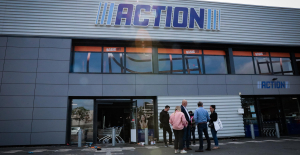 More than 1,500 items for less than 1 euro: the Dutch discounter Action opens a third store in Paris
More than 1,500 items for less than 1 euro: the Dutch discounter Action opens a third store in Paris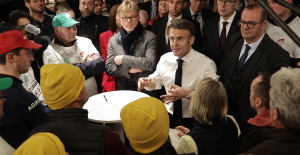 100 million euros in loans, water storage, Ecophyto plan… New measures from the executive towards farmers
100 million euros in loans, water storage, Ecophyto plan… New measures from the executive towards farmers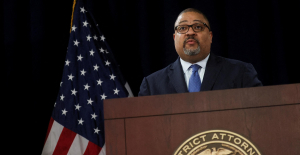 New York justice returns 30 works of art looted from Cambodia and Indonesia
New York justice returns 30 works of art looted from Cambodia and Indonesia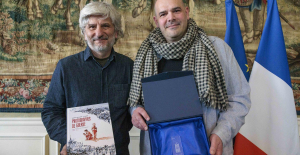 Les Galons de la BD dedicates War Photographers, a virtuoso album on the Spanish War
Les Galons de la BD dedicates War Photographers, a virtuoso album on the Spanish War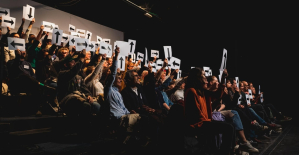 Theater: Kevin, or the example of an academic failure
Theater: Kevin, or the example of an academic failure The eye of the INA: Jean Carmet, the thirst for life of a great actor
The eye of the INA: Jean Carmet, the thirst for life of a great actor Skoda Kodiaq 2024: a 'beast' plug-in hybrid SUV
Skoda Kodiaq 2024: a 'beast' plug-in hybrid SUV Tesla launches a new Model Y with 600 km of autonomy at a "more accessible price"
Tesla launches a new Model Y with 600 km of autonomy at a "more accessible price" The 10 best-selling cars in March 2024 in Spain: sales fall due to Easter
The 10 best-selling cars in March 2024 in Spain: sales fall due to Easter A private jet company buys more than 100 flying cars
A private jet company buys more than 100 flying cars This is how housing prices have changed in Spain in the last decade
This is how housing prices have changed in Spain in the last decade The home mortgage firm drops 10% in January and interest soars to 3.46%
The home mortgage firm drops 10% in January and interest soars to 3.46% The jewel of the Rocío de Nagüeles urbanization: a dream villa in Marbella
The jewel of the Rocío de Nagüeles urbanization: a dream villa in Marbella Rental prices grow by 7.3% in February: where does it go up and where does it go down?
Rental prices grow by 7.3% in February: where does it go up and where does it go down? Even on a mission for NATO, the Charles-de-Gaulle remains under French control, Lecornu responds to Mélenchon
Even on a mission for NATO, the Charles-de-Gaulle remains under French control, Lecornu responds to Mélenchon “Deadly Europe”, “economic decline”, immigration… What to remember from Emmanuel Macron’s speech at the Sorbonne
“Deadly Europe”, “economic decline”, immigration… What to remember from Emmanuel Macron’s speech at the Sorbonne Sale of Biogaran: The Republicans write to Emmanuel Macron
Sale of Biogaran: The Republicans write to Emmanuel Macron Europeans: “All those who claim that we don’t need Europe are liars”, criticizes Bayrou
Europeans: “All those who claim that we don’t need Europe are liars”, criticizes Bayrou These French cities that will boycott the World Cup in Qatar
These French cities that will boycott the World Cup in Qatar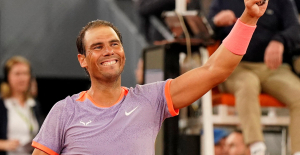 Tennis: “I need to regain confidence in my body,” explains Rafael Nadal
Tennis: “I need to regain confidence in my body,” explains Rafael Nadal NBA: Orlando returns to level with Cleveland in the 1st round of the play-offs
NBA: Orlando returns to level with Cleveland in the 1st round of the play-offs Tennis: Iga Swiatek in the round of 16 at full speed
Tennis: Iga Swiatek in the round of 16 at full speed “It was exceptional here in Chaban-Delmas”: Escudero looks back on the excitement around France-England
“It was exceptional here in Chaban-Delmas”: Escudero looks back on the excitement around France-England




